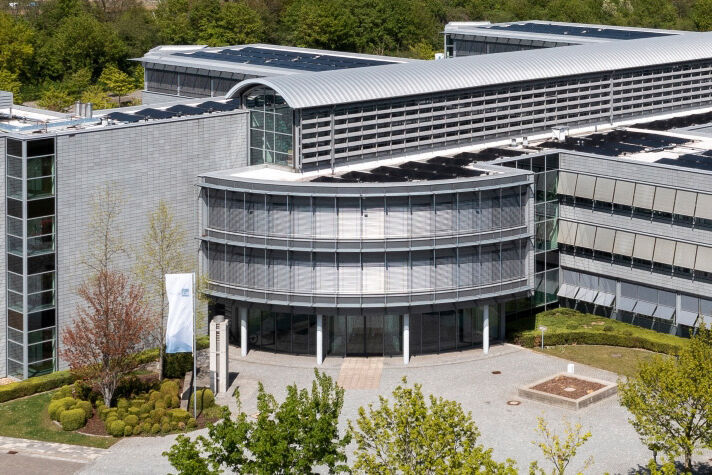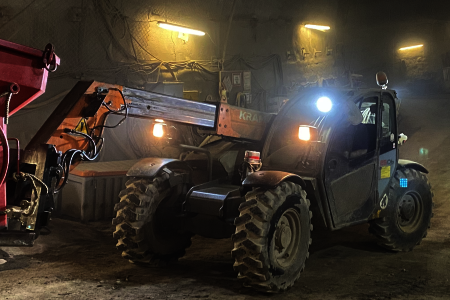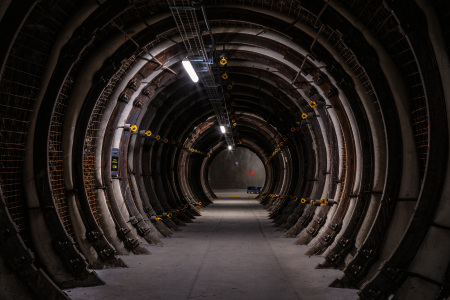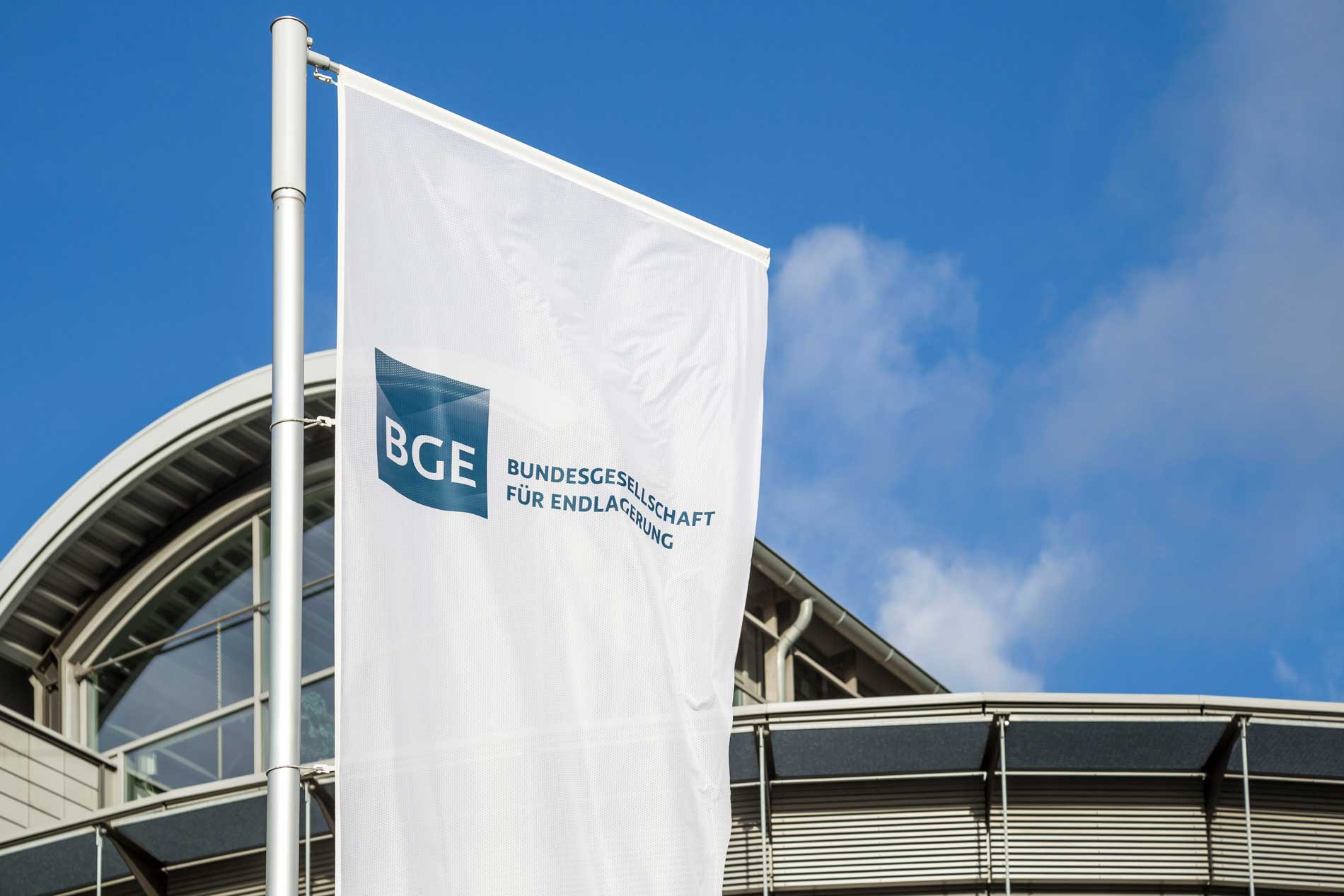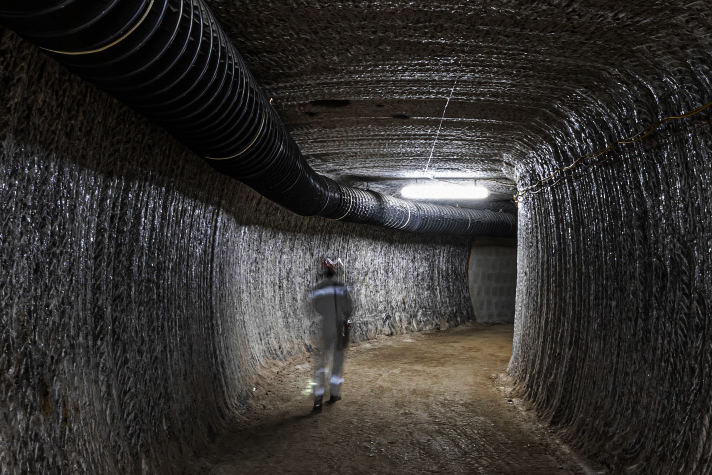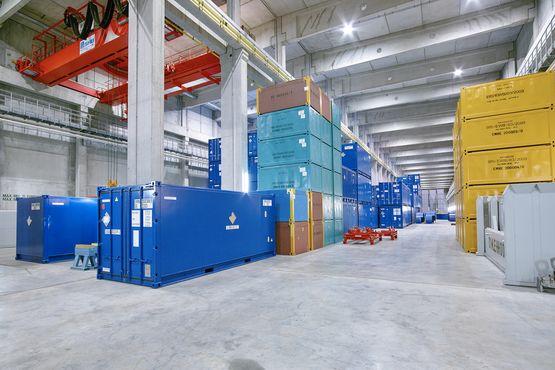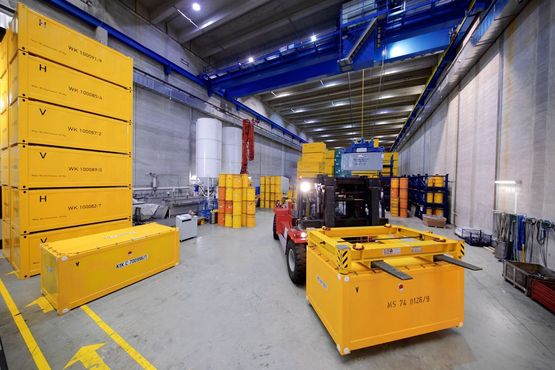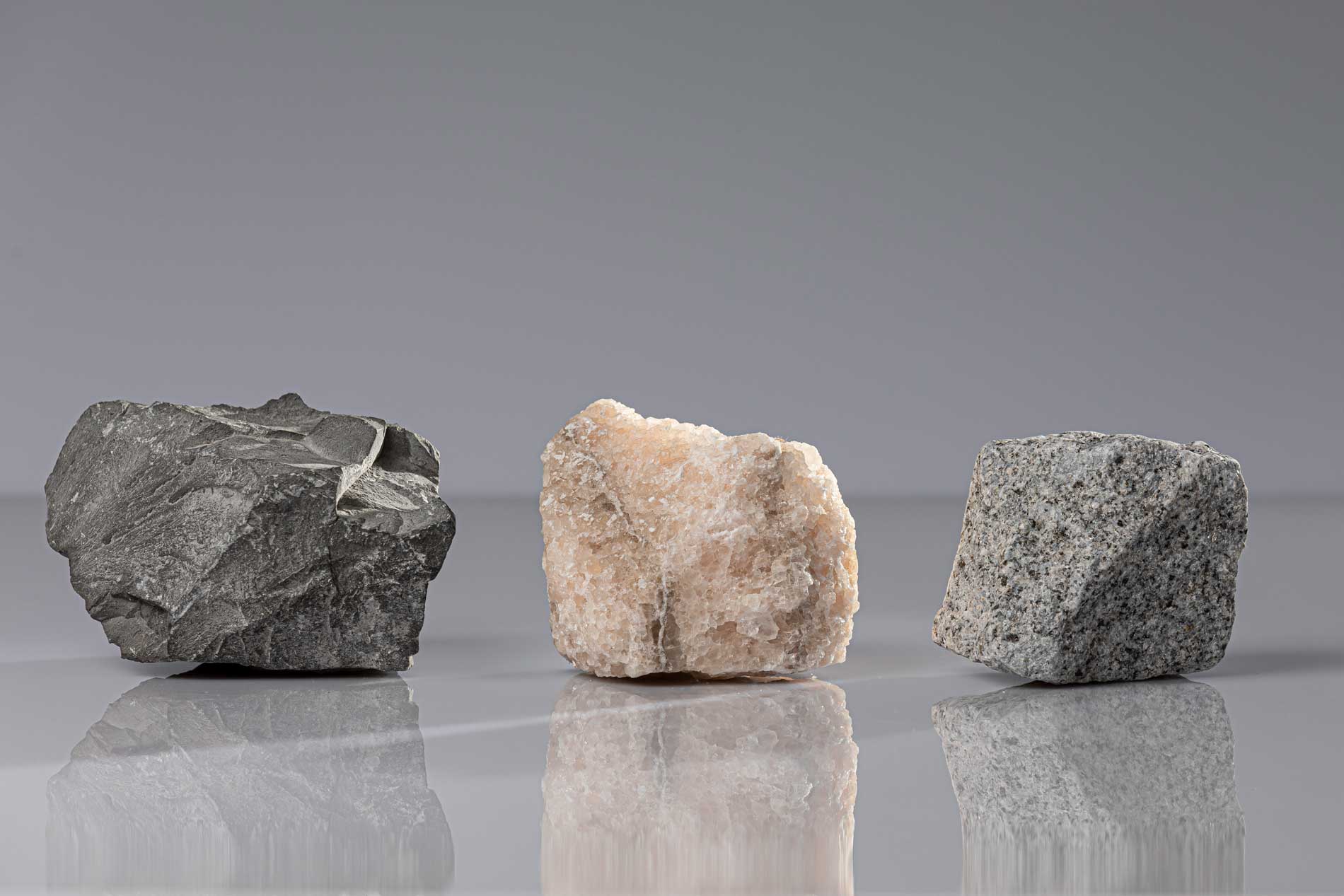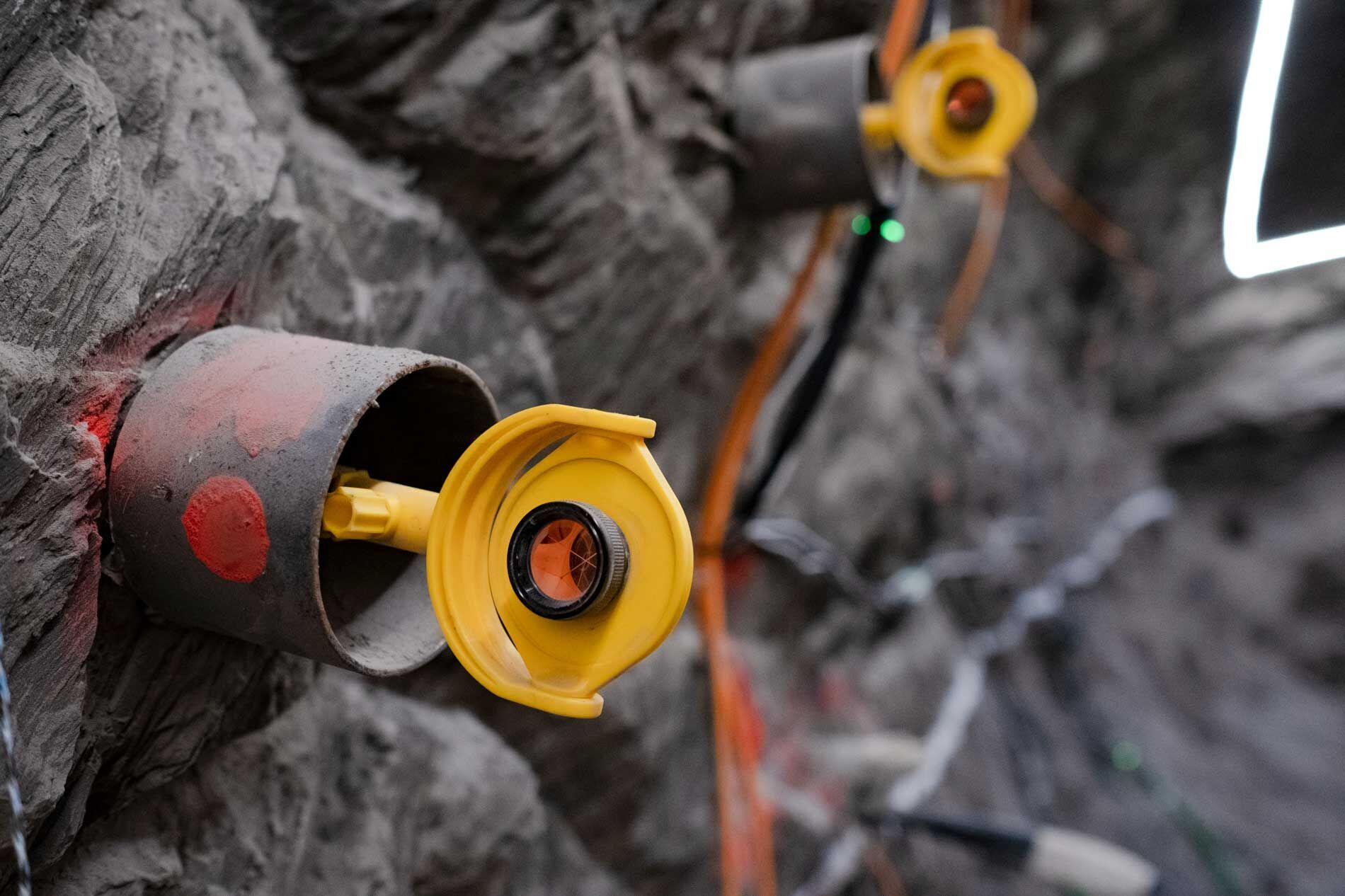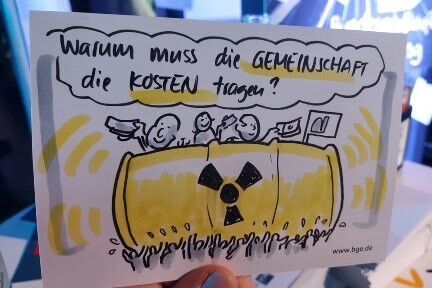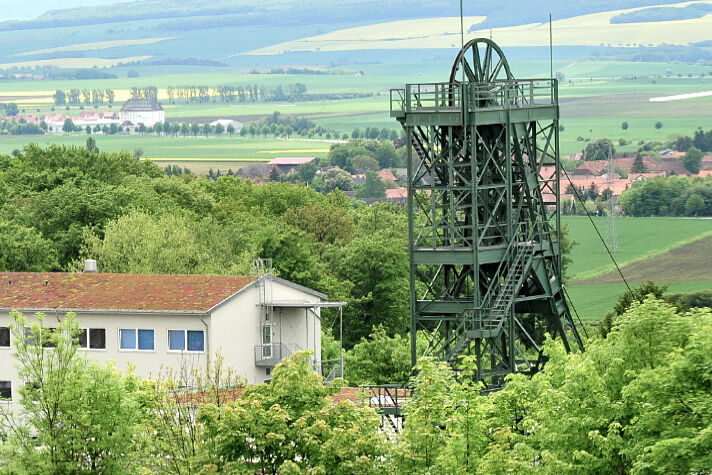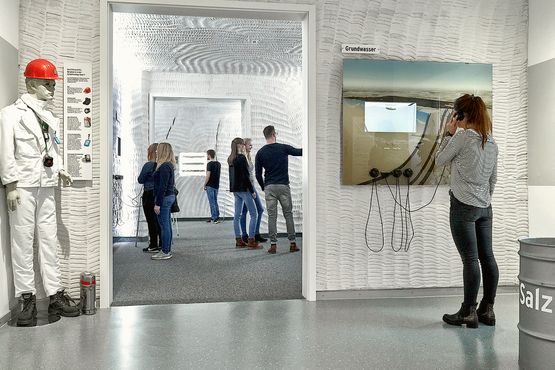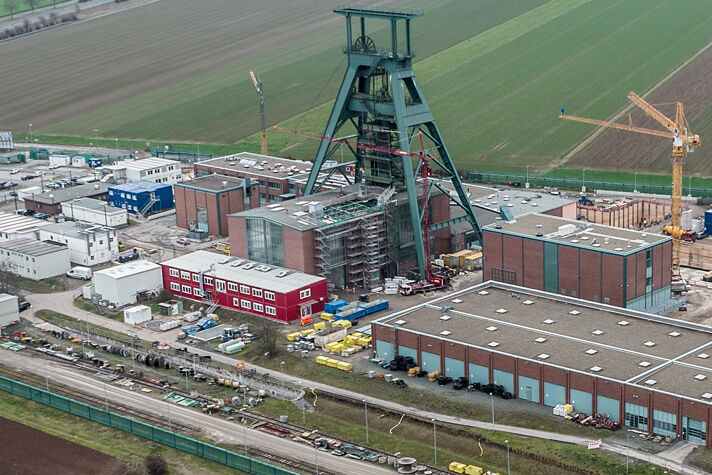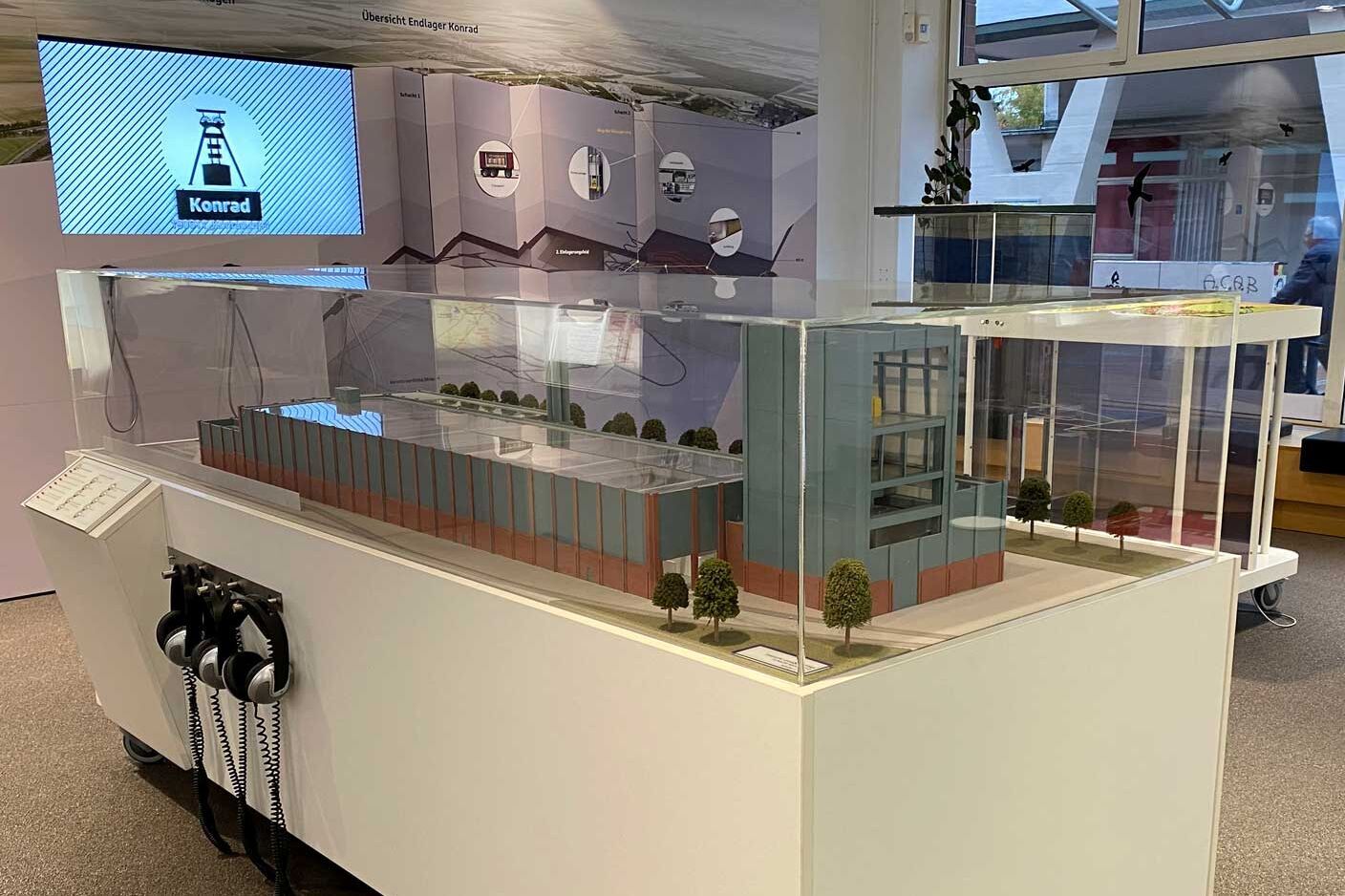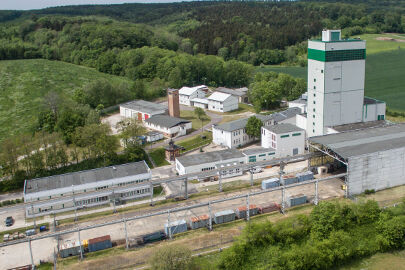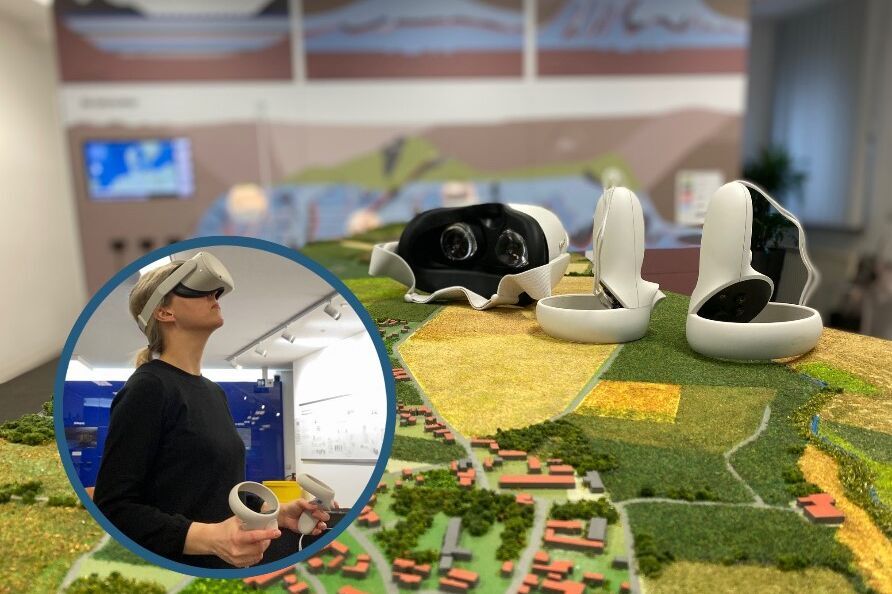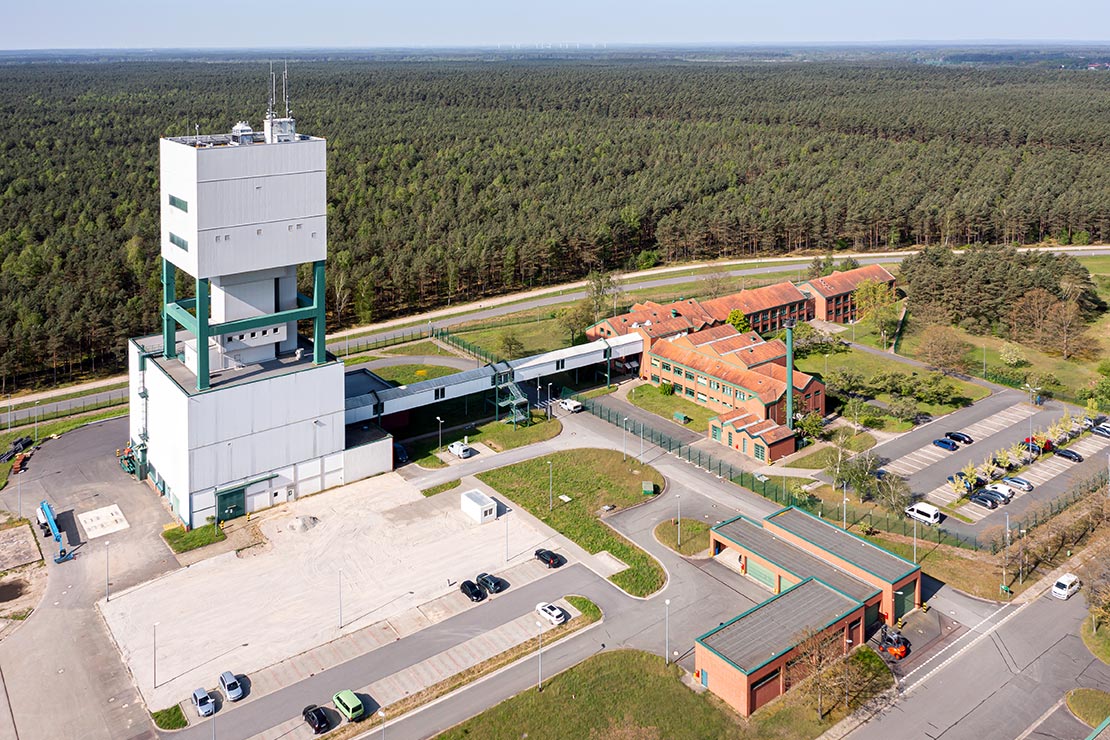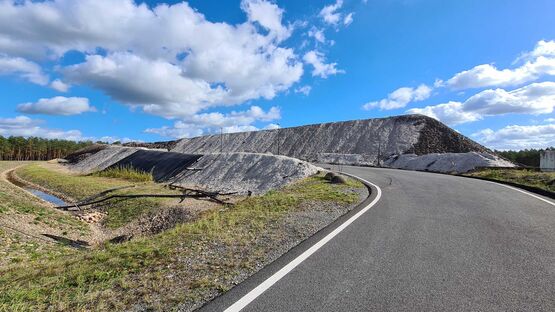The Bundesgesellschaft für Endlagerung mbH (BGE) has taken the first key step towards the closure of the Gorleben mine by awarding a contract to backfill the cavities using salt stored at the surface. In the procurement procedure, a bidding consortium made up of the companies Redpath Deilmann GmbH (Dortmund) and Thyssen Schachtbau GmbH Deutschland (Mülheim an der Ruhr) secured the contract, with the BGE accepting the bid on 9 August 2023.
Construction work can begin at the site once the licences under mining law are in place – according to current estimates, in approximately mid-2024. At present, the backfilling work is projected to take three years.
Salt heap used for backfilling in Gorleben
The mine is to be backfilled using salt that was extracted from the subsurface for exploration purposes. In the 1980s, when construction work began on the shafts for an exploratory mine in the salt dome, salt was transported to the surface. Since then, approximately 400,000 tonnes of rock salt have been stored in a salt heap in the immediate vicinity and will now be used to backfill the mine.
“By entering into this contract, we’re taking the first key step towards closing the mine in Gorleben. Bit by bit, the distinctive salt heap will now disappear as the exploratory mine is gradually backfilled,” said Dr Thomas Lautsch, Technical Managing Director of the BGE, on the awarding of the contract.
The closure of the Gorleben mine will take place in phases. Once the mine cavities are backfilled, the two shafts will then be backfilled as part of a further construction contract (Phase 2) that is yet to be put out for tender. Lastly, the site will be rehabilitated (Phase 3) as part of a final contract.
Background: Gorleben mine
With the adoption of the Repository Site Selection Act (StandAG) in 2013, exploratory work in Gorleben was discontinued. The Gorleben site was treated like any other potential site in Germany within the framework of the site selection procedure. Following the application of the geoscientific weighing criteria, the Gorleben salt dome did not become a subarea in accordance with section 24 of the Repository Site Selection Act. This means that section 36(1) sentence 5 number 1 of the Act applies and that the Gorleben salt dome is therefore excluded from the selection procedure. Accordingly, it will not be considered in the proposals for siting regions in subsequent work by the BGE. In 2021, the Federal Ministry for the Environment, Nature Conservation, Nuclear Safety and Consumer Protection (BMUV) awarded the BGE the contract to close the mine.
About the BGE
The BGE is a federally owned company within the portfolio of the Federal Environment Ministry. On 25 April 2017, the BGE assumed responsibility from the Federal Office for Radiation Protection as the operator of the Asse II mine and the Konrad and Morsleben repositories. In addition to the decommissioning of the Gorleben mine, its other tasks include searching for a repository site for the disposal of high-level radioactive waste produced in Germany on the basis of the Repository Site Selection Act, which entered into force in May 2017. The managing directors are Stefan Studt (Chair) and Dr Thomas Lautsch (Technical Managing Director).

